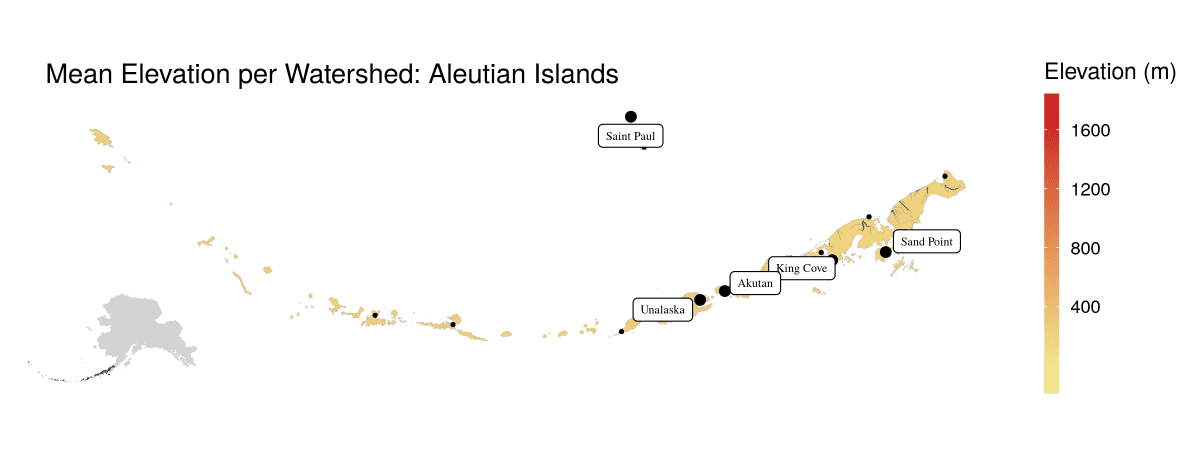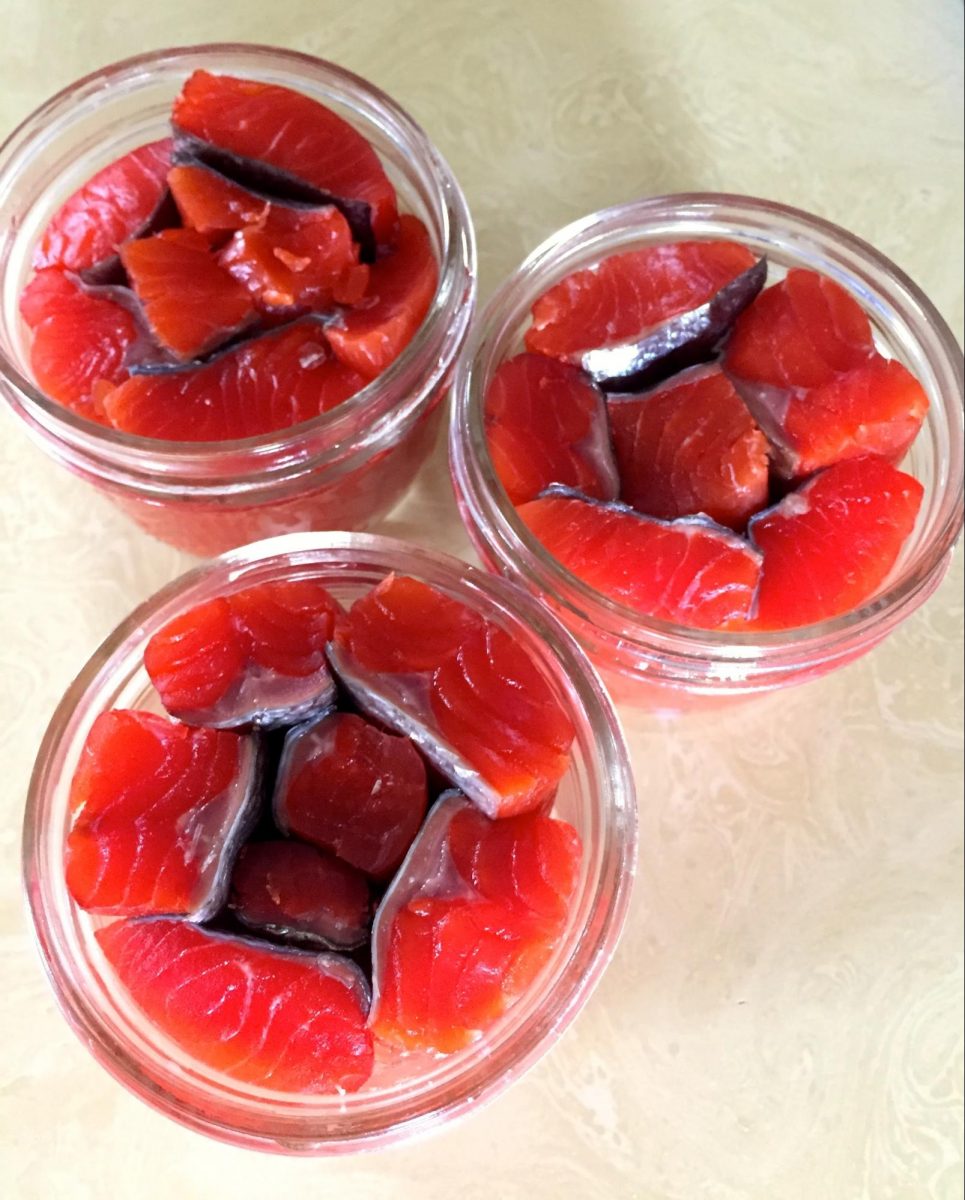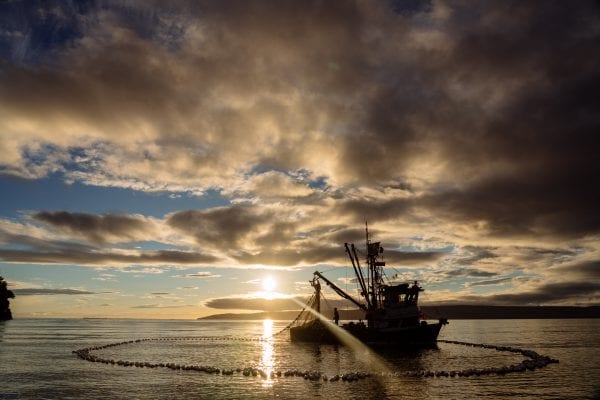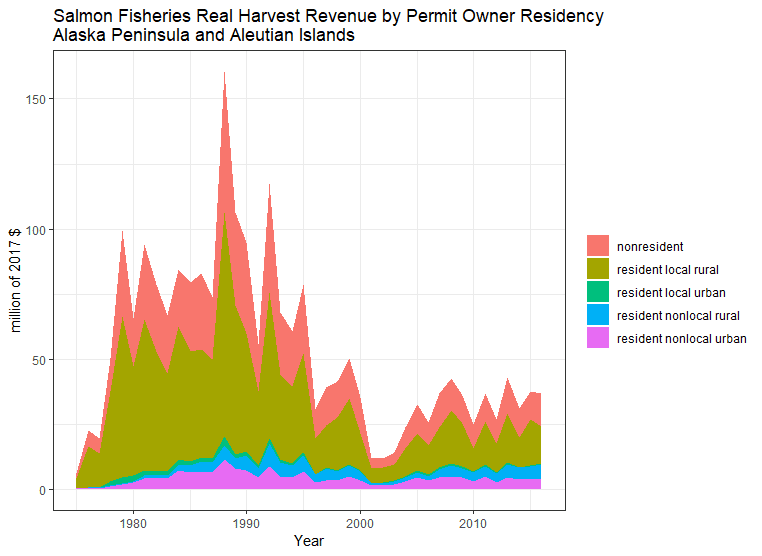Alaska Department of Fish and Game. 2004. Deliberation materials for Proposal Number 199 and ANS Findings, Alaska Board of Fisheries, February 2004. Prepared by the Division of Subsistence. Anchorage.
Braund, Stephen and Associates. 1986. Effects of Renewable Resource Harvest Disruption on Community Socioeconomic and Sociocultural Systems: King Cove. Mineral Management Service, Alaska OCS Region, Social and Economic Studies Program Technical Report No. 123.
Derbeneva, OA., Starikovskaya, EB., Wallace, DC., & Sukernik, RI. 2002.Traces of early Eurasians in the Mansi of northwest Siberia revealed by mitochondrial DNA analysis. American Journal of Human Genetics 70(4): 1009-14.
Fall, James A., et al. 1993a. Noncommercial harvests and uses of wild resources in Sand Point, Alaska, 1992. Alaska Department of Fish and Game, Division of Subsistence Technical Paper No. 226. Juneau.
Fall, James A., et al. 1993b. Noncommercial harvests and uses of wild resources in King Cove, Alaska, 1992. Alaska Department of Fish and Game, Division of Subsistence Technical Paper No. 227. Juneau.
Fall, James A. et al. 2018. Alaska Subsistence and Personal use Salmon Fisheries 2015 Annual Report. Alaska Department of Fish and Game, Division of Subsistence Technical Paper No. 440. Anchorage.
Johnson, R. H., and E. K. C. Fox. 2016. Annual summary of the 2015 commercial and personal use salmon fisheries and salmon escapements, and the 2014 subsistence fisheries in the Alaska Peninsula, Aleutian Islands, and Atka-Amlia Islands Management Areas. Alaska Department of Fish and Game, Fishery Management Report No. 16-34, Anchorage.
Reedy-Maschner, K. L. 2010. Aleut Identities: Tradition and modernity in an Indigenous Fishery. Montreal & Kingston, London, Ithaca: McGill-Queen’s University Press.
Reedy, K. L. 2016. Island Networks: Aleutian Islands Salmon and Other Subsistence Harvests. Report prepared for US Fish and Wildlife Service, Office of Subsistence Management, Fisheries Resource Monitoring Program, Project No. 12-450. Anchorage, AK.
Reedy-Maschner, K. L. and Maschner, H. 2012. Subsistence study for the North Aleutian Basin. US Department of the Interior, Bureau of Ocean Energy Management. Anchorage.
Veltre, D. & Smith, M. 2010. Historical Overview of Archaeological Research in the Aleut Region of Alaska. Human Biology 82(5-6): 487-506.




